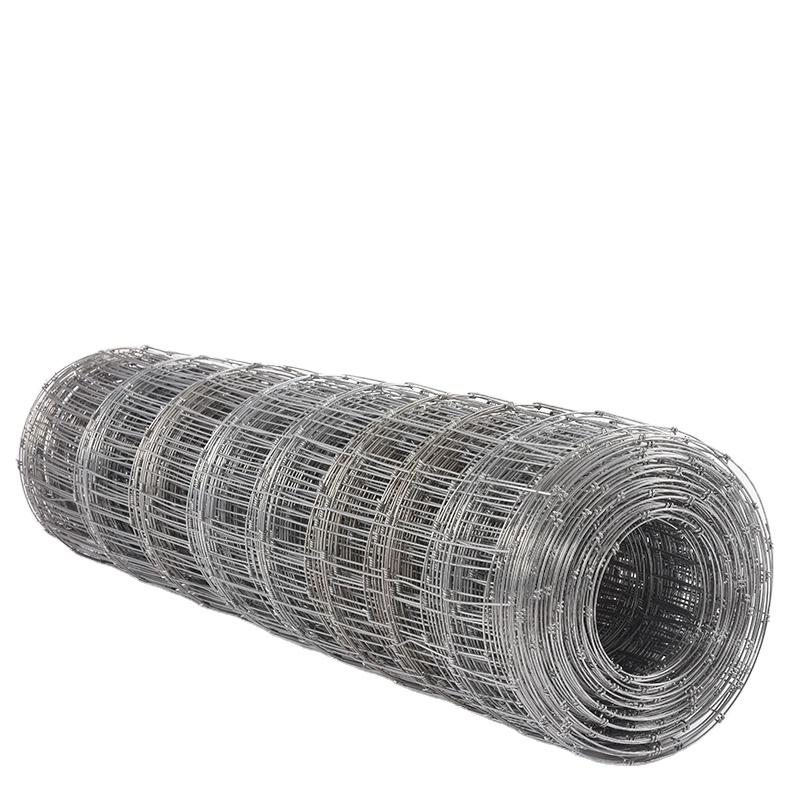Understanding Stainless Steel Bar Grating
Stainless steel bar grating is an essential architectural and industrial component that combines durability, safety, and aesthetic appeal. Used in a variety of applications from walkways to platforms, this versatile material boasts a range of benefits and characteristics that make it a popular choice for both industrial and commercial projects.
What is Stainless Steel Bar Grating?
At its core, stainless steel bar grating consists of parallel bars that are fused together, creating a series of spaces between them. This design allows for excellent load distribution while permitting light, air, and water to pass through. The bars are typically made from stainless steel, known for its corrosion resistance, strength, and longevity. Common types include 304 and 316 stainless steel, both of which are suitable for different environments—while 304 is often used in less corrosive settings, 316 is ideal for marine or highly corrosive environments due to its enhanced resistance to chemicals and chlorides.
Applications of Stainless Steel Bar Grating
The applications of stainless steel bar grating are extensive. In industrial settings, it is frequently used for flooring in factories, breweries, and wastewater treatment plants. Its slip-resistant surface makes it a safe option for workers, especially in areas where spills or moisture are common.
In commercial settings, stainless steel bar grating is often found in drainage systems, outdoor walkways, and staircases. Its sleek appearance is not only functional but also aesthetically pleasing, making it suitable for public spaces and modern architecture.
Furthermore, it is an ideal choice for mezzanines and platform construction, where structural integrity and weight support are paramount
. The lightweight yet robust nature of stainless steel ensures that these structures can support heavy machinery and traffic without compromising safety.stainless steel bar grating

The Benefits of Stainless Steel Bar Grating
1. Durability Stainless steel is resistant to rust and corrosion, extending the life of the grating significantly compared to other materials like aluminum or carbon steel. This resistance is particularly beneficial in harsh environments such as coastal regions or industrial sites where exposure to chemicals and moisture is frequent.
2. Safety The open design of bar grating allows for excellent drainage and reduces the risk of slip and fall accidents. Many manufacturers also offer options with anti-slip surfaces, adding an extra layer of safety, especially in wet conditions.
3. Maintenance Stainless steel grating is easy to clean and maintain. The non-porous surface can be quickly washed down, and because it does not rust, there is less concern about replacement or repairs over time.
4. Sustainability Stainless steel is a recyclable material, making it an environmentally friendly choice. Using stainless steel grating contributes to sustainable building practices, as it can be repurposed or recycled at the end of its life cycle.
5. Versatility With various styles, finishes, and sizes available, stainless steel bar grating can be customized to fit specific project requirements. Whether it’s a heavy-duty application or a decorative element in architecture, stainless steel grating can be tailored to meet diverse needs.
Conclusion
In summary, stainless steel bar grating is a reliable, safe, and versatile solution for a myriad of applications. Its inherent properties of strength, corrosion resistance, and aesthetic appeal make it an ideal choice for industries ranging from construction to food processing. As project demands continue to evolve, stainless steel bar grating will remain a preferred material in both industrial and commercial sectors, given its robust performance and sustainability. Whether utilized in practical applications or modern design, stainless steel bar grating will continue to play an essential role in the development of safe and enduring infrastructures.
-
The Best Metal Mesh Solutions: Expanded Aluminum Metal vs. Expanded Stainless Steel Metal
NewsSep.10,2024
-
Round Perforated Sheets vs. Hexagonal Perforated Sheets vs. Embossed Perforated Sheet Metal
NewsSep.10,2024
-
Perforated Metal Sheets
NewsSep.10,2024
-
Experience The Excellence Of Stainless Steel Grating
NewsSep.10,2024
-
Discover the Versatility Of Metal Mesh Expanded Forming Machines
NewsSep.10,2024
-
Discover The Advantages Of Steel Grating For Sale
NewsSep.10,2024
Subscribe now!
Stay up to date with the latest on Fry Steeland industry news.

